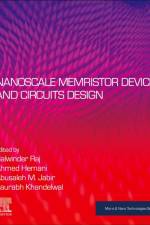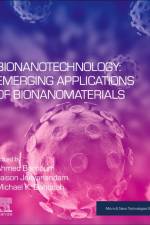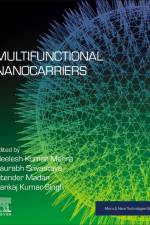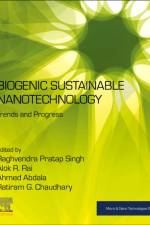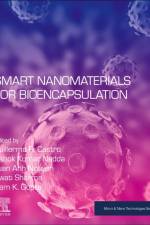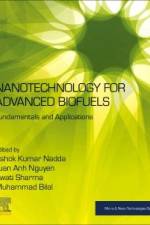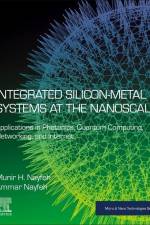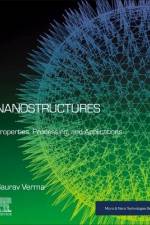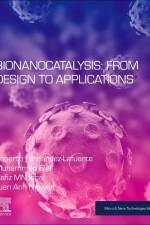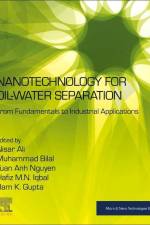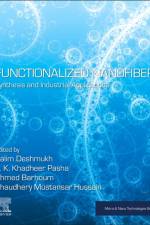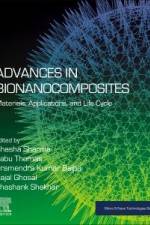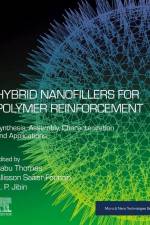3 379,-
Bionanotechnology: Emerging Applications of Bionanomaterials highlights a wide range of industrial applications using bionanotechnologies, with biomedical applications prominent amongst these, including drug delivery, tissue engineering, wound healing, medical implants, medical diagnostics and therapy. Other key areas include energy harvesting and storage, water/waste treatment, papermaking, textiles, construction industry, automotive, aerospace. This book is a valuable resource for all those seeking to gain a fundamental understanding of how bionanomaterials are used in a variety of industry sectors. Bionanomaterials are molecular materials composed partially or completely of biological molecules - such as proteins, enzymes, viruses, DNA and biopolymers - as well as metal, metal oxides, and carbon nanomaterials. Bionanomaterials have drawn much attention for their use in a wide range of industrial applications, including scaffolds, dental implants, drug delivery, dialysis, biobatteries, biofuel cells, air purification, and water treatment. Assesses which bionanomaterial types are particularly suited to particular application areas Shows how bionanomaterials are being used for biotechnology, biomedicine, energy production, energy storage, and environmental remediation applications Highlights the challenges and interdisciplinary perspectives of bionanomaterials in science, biology, engineering, medicine, and technology, incorporating both fundamentals and applications


